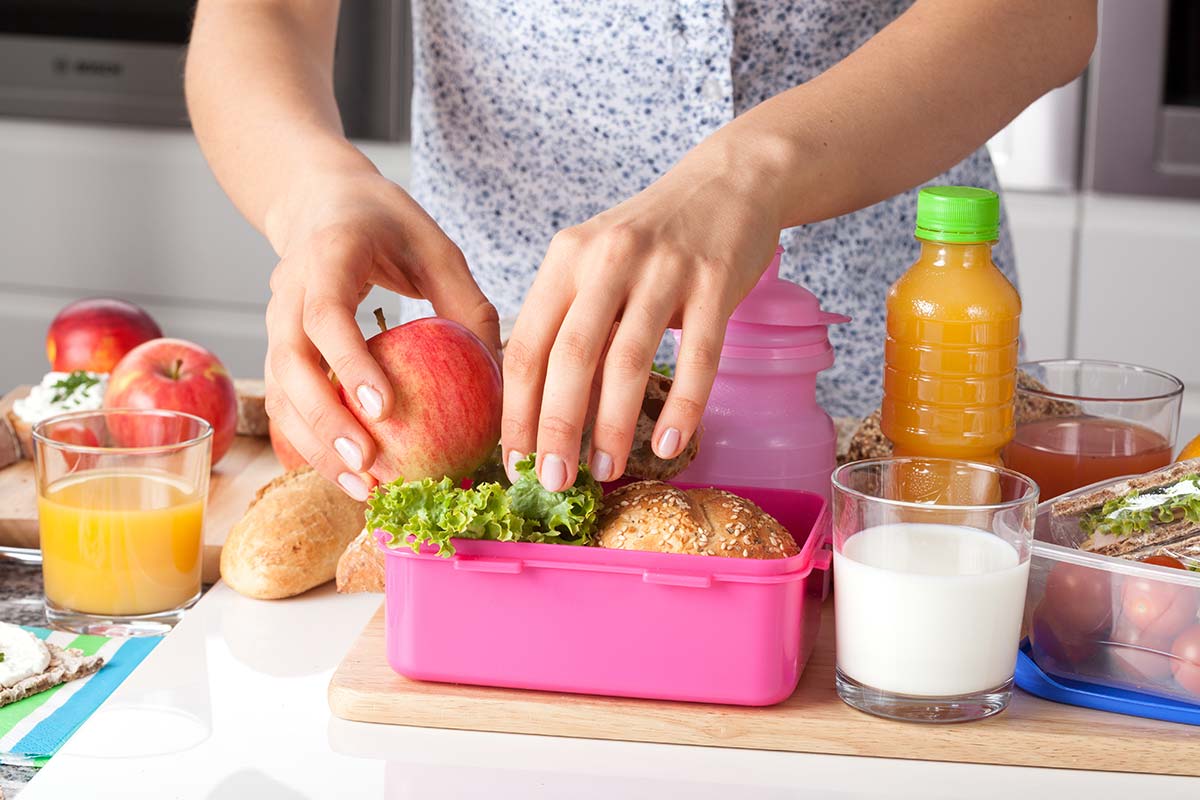
On average, a school-aged child who brings lunch to school generates over 67 pounds of waste every school year. That means an average-sized elementary school produces over 18,000 pounds of waste in a single school year. If you pack your kids’ lunch before they head to school, it’s up to you to bring this number down by packing a waste-free lunch. Follow these tips to get started:
Buy reusable items.
Instead of packing your child’s lunch in a brown paper bag every morning, buy a reusable lunch bag that he can carry to and from school. Most reusable lunch bags can be washed in the dishwasher, so you don’t have to worry about messy cleanups if something spills or leaks.
While you’re at it, you should also buy a reusable drink container so you don’t have to pack individual juice boxes, bottles, or cans in your child’s lunch every morning. Buying these reusable items will help you greatly reduce the amount of garbage your child produces every time he sits down for lunch.
Save leftovers.
Encourage your child to pack up anything he does not eat during lunch and bring it home after school instead of throwing it away at the end of his lunch period. This way, he can eat his leftovers as an afternoon snack instead of letting the remaining food go to waste at the bottom of a trash bin.
Avoid single servings.
To reduce the amount of waste in your child’s lunchbox, avoid buying single serve items that are individually wrapped. For example, many parents pack a nutritious string cheese in their kids’ lunchboxes. But, each of these items is wrapped in plastic. Instead of buying single servings of string cheese, buy a larger bag of cheese cubes and pack a handful of them in a reusable container everyday. By doing this, you are reducing the amount of waste that your child has at the end of his lunch period.
Say no to paper and plastic.
No lunchbox is complete without napkins and silverware, but choose these items wisely if you want to pack a waste-free lunch. Are you giving your kids paper napkins? Switch to cloth napkins that they can bring home, wash, and reuse everyday. Are you packing plastic forks, spoons, and knives in your child’s lunchbox? Let your child use real silverware instead so you can wash it and reuse it in his lunchbox the next day. In general, it’s best to avoid using any paper or plastic when packing your child’s lunchbox.
Create a compost.
Talk to your child’s school about creating a compost pile so kids don’t have to throw away fruit peels after they eat their lunches. If your child’s school does not want to create a compost pile, make your own and encourage your child to bring his fruit peels home with him so he can contribute to the pile.
With these tips, you can ensure your child is not contributing to the massive amounts of waste produced in schools’ lunchrooms every year!